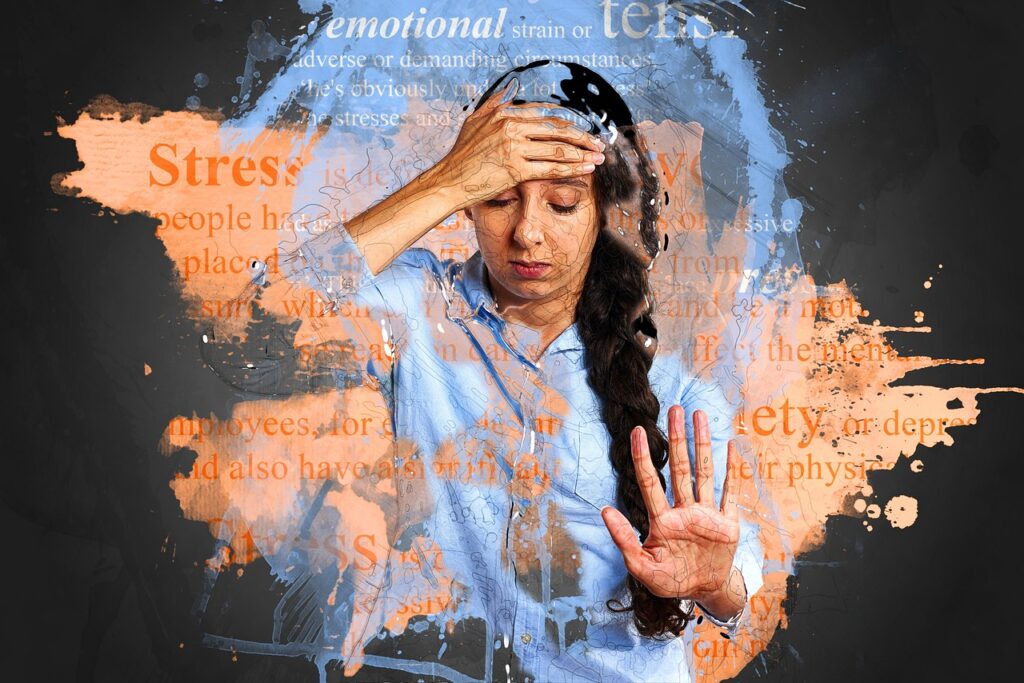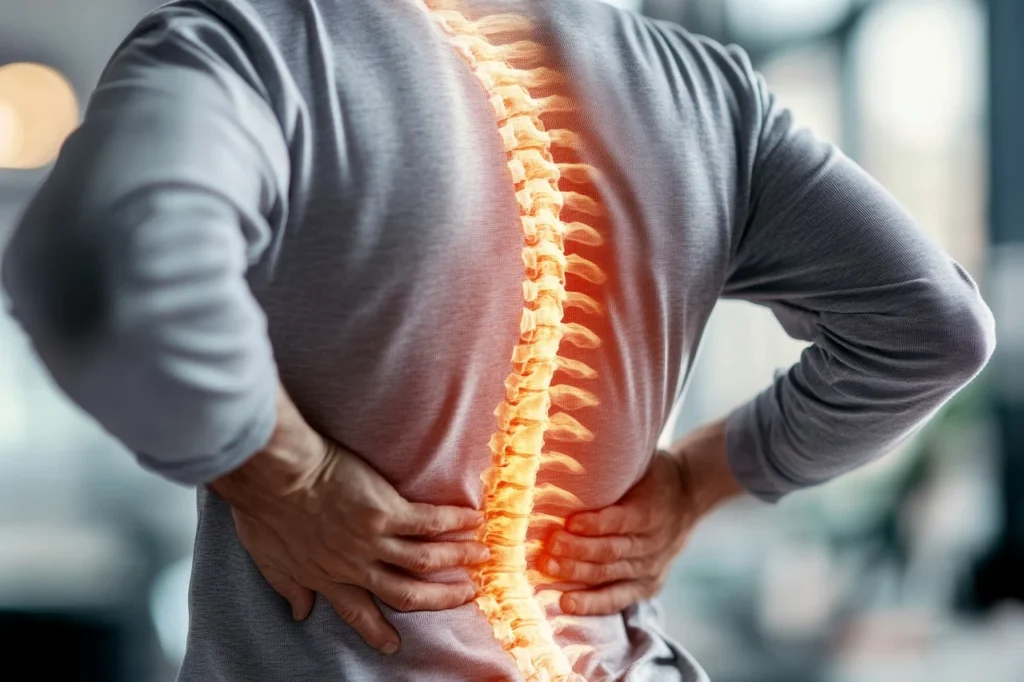Lower back pain is one of the most common health complaints, affecting millions worldwide. While some causes are well-known, such as injuries or heavy lifting, many triggers remain hidden or overlooked. Understanding these lesser-known culprits can empower you to take control of your health and prevent chronic discomfort. Let’s uncover the hidden triggers of lower back pain that you absolutely must know.
Poor Posture Over Time
You may think you’re sitting or standing correctly, but even slight deviations in posture can wreak havoc on your lower back. Slouching, hunching over your desk, or leaning unevenly shifts the spine out of alignment. Over time, this can strain muscles and ligaments, leading to persistent lower back pain. Lower Back Pain
Solution:
- Be mindful of your posture throughout the day. (Health)
- Use ergonomic chairs and desks to maintain proper alignment.
- Incorporate core-strengthening exercises to support your spine.
Weak Core Muscles
Your core does more than give you abs; it stabilizes your spine. Weak core muscles force your lower back to compensate, leading to muscle fatigue and pain.
Solution:
- Include planks, bridges, and other core-focused exercises in your routine.
- Practice yoga or Pilates to build strength and flexibility.

Stress and Anxiety
Stress doesn’t just affect your mind—it impacts your body too. Tension caused by anxiety can lead to muscle tightness, especially in the lower back, making it a hidden contributor to pain.
Solution:
- Practice stress management techniques such as meditation or deep breathing.
- Take regular breaks during the day to stretch and decompress.

Inadequate Sleep Support
Your mattress might be silently sabotaging your back. An old or unsupportive mattress can lead to poor spinal alignment during sleep, causing pain to accumulate over time.
Solution:
- Invest in a mattress that provides adequate support for your body type.
- Use pillows strategically to keep your spine aligned while sleeping.

Footwear Choices
Shoes that lack proper arch support, such as high heels or flats, can alter your gait and strain your lower back. Even wearing worn-out shoes can contribute to chronic back pain.
Solution:
- Choose footwear with proper arch support and cushioning.
- Replace shoes regularly, especially if they show signs of wear.

Unnoticed Inflammation
Inflammation from poor diet, dehydration, or underlying conditions can exacerbate pain in the lower back. Foods high in sugar and processed fats can fuel this hidden inflammation.
Solution:
- Adopt an anti-inflammatory diet rich in whole foods, vegetables, and healthy fats.
- Stay hydrated to keep muscles and joints lubricated.
Prolonged Sitting
Sitting for extended periods, especially in non-ergonomic settings, can weaken back muscles and compress spinal discs. This is particularly common in office workers or those who commute long hours.
Solution:
- Stand, stretch, or walk for at least 5 minutes every hour.
- Use a standing desk or ergonomic chair to minimize strain.

Underlying Health Conditions
Conditions such as arthritis, osteoporosis, or even kidney stones can present as lower back pain. Often, these conditions go undiagnosed until the pain becomes severe.
Solution:
- Visit a healthcare professional if your pain persists or worsens.
- Regular health check-ups can help detect underlying issues early.

Dehydration
The spinal discs that cushion your vertebrae are mostly water. Dehydration reduces their ability to absorb shocks, leading to stiffness and pain.
Solution:
- Drink at least 8 glasses of water daily, or more if you’re active.
- Reduce consumption of diuretics like caffeine and alcohol.
Ignoring Small Aches
Finally, ignoring minor back discomfort can lead to larger problems. Small strains, if left unaddressed, can turn into chronic issues.
Solution:
- Pay attention to your body and address aches early.
- Apply heat or ice to relieve minor discomfort and prevent escalation.
Final Thoughts
Lower back pain isn’t always about dramatic injuries or obvious problems. Often, it’s the accumulation of small, hidden triggers that lead to chronic pain. By identifying and addressing these overlooked causes, you can take proactive steps to live pain-free.
What are the most common hidden triggers of lower back pain?
The most common hidden triggers include:
Poor posture
Weak core muscles
Stress and anxiety
Unsupportive mattresses or improper sleep positions
Wearing unsupportive footwear
Prolonged sitting or inactivity
Inflammation due to diet or underlying conditions
Dehydration
Ignoring small aches before they escalate
How does poor posture contribute to lower back pain?
Poor posture, such as slouching or hunching over, places unnecessary strain on your spine and supporting muscles. Over time, this misalignment can cause chronic discomfort and pain.
Can stress and anxiety really lead to lower back pain?
Yes, stress and anxiety often lead to muscle tension, particularly in the back and shoulders. Chronic stress can cause the muscles to tighten and become fatigued, contributing to lower back pain.
How do I know if my mattress is causing my lower back pain?
If you wake up with stiffness or pain that improves during the day, your mattress might be the culprit. A mattress that is too soft, too firm, or lacks proper support can misalign your spine during sleep.
What type of shoes can help prevent lower back pain?
Shoes with proper arch support, cushioning, and a good fit can help prevent back pain. Avoid high heels or worn-out shoes that can alter your gait and strain your lower back.
Can sitting for long periods really cause back pain?
Yes, prolonged sitting can weaken back muscles, reduce circulation, and compress the spinal discs. This is especially true if your chair lacks lumbar support or if you don’t maintain proper posture.
What role does diet play in lower back pain?
An unhealthy diet high in sugar, processed foods, and unhealthy fats can lead to inflammation in the body, exacerbating lower back pain. Eating anti-inflammatory foods like fruits, vegetables, and omega-3 fatty acids can help.
How much water should I drink to avoid dehydration-related back pain?
It’s generally recommended to drink at least 8 glasses (2 liters) of water daily. Staying hydrated helps maintain the health of spinal discs, which rely on water for shock absorption and flexibility.
How can I strengthen my core muscles to prevent back pain?
Exercises like planks, bridges, and Pilates are excellent for building core strength. A strong core supports your spine and reduces the strain on your lower back.
When should I see a doctor for lower back pain?
You should see a doctor if:
The pain lasts longer than a few weeks.
It’s severe or getting worse.
It’s accompanied by symptoms like leg numbness, fever, or bowel/bladder issues.
You suspect an underlying condition like arthritis or kidney stones.



jzeny7
Wow, marvelous blog layout! How long have you been blogging for? you make blogging look easy. The overall look of your web site is magnificent, let alone the content!